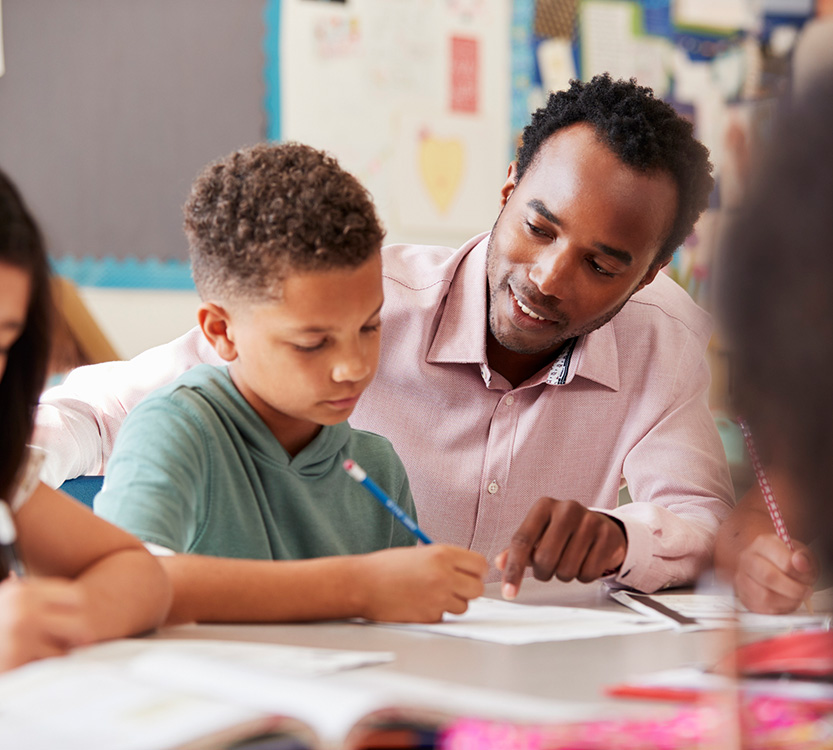Why Is Professional Development Important for Teachers?
FEATURED POSTS
October 21, 2025
October 17, 2025
Picture a teacher at the front of a classroom with fresh ideas and real tools that make learning easier for every student. That’s what professional development provides.
Research from the Learning Policy Institute shows that ongoing training can improve student outcomes by up to 21%. For students who need extra support, that kind of growth matters even more.
Professional development helps teachers build skills, grow their confidence, and improve classroom environments. It’s more than a one-time seminar. It’s a way to keep learning how to meet every child’s needs.
Professional Development Sharpens Teaching Skills
Education changes quickly. New tools and strategies appear every year. Teachers need regular training to stay current and effective.
At LEARN Academy, teachers take part in training based on real research. They learn how to break tasks into smaller steps, use positive reinforcement, and adjust lessons to fit different learning styles.
Teachers learn new ideas and how to use them right away. These skills help build stronger, more supportive classrooms.
Key Takeaways
- Teachers learn new, proven strategies and how to use them
- Workshops and coaching provide hands-on practice
- Better teaching leads to better outcomes for students
Tailoring Education to Every Student
Classrooms are full of students who learn in different ways. Some need visuals. Others rely on assistive technology. Some need more structure or movement.
Professional development helps teachers adjust how they teach and know how to differentiate their instruction for all learners. They learn how to support communication, plan individualized lessons, and create sensory-friendly environments.
What Teachers Learn
- How to support communication and behavior
- How to use visuals and assistive tools and manipulatives
- How to tailor instruction to meet student needs
Confidence in the Classroom
Teaching students with complex needs can be hard. It takes skill—and confidence. Training helps teachers feel ready to handle tough situations.
Confident teachers are more likely to try new ideas and speak up for their students. They also build stronger relationships with families. That trust and confidence create a safe and supportive space for learning.
Teachers Learn Best Together
Teachers don’t work alone. The best training brings them together to share ideas and learn from one another.
Programs like professional learning communities give teachers a space to swap tips, troubleshoot problems, and learn from their experiences. This collaboration builds better classrooms and stronger support systems.
Staying Current with Research and Tools
Good teachers stay up to date. What worked 10 years ago may not work now.
Professional development helps teachers respond to new needs. They learn how to support students with anxiety, sensory challenges, or learning delays. They also learn to use new technology to keep students engaged.
Better Outcomes for Students
When teachers improve, students benefit. That’s especially true for students who need more support.
Well-trained teachers help students focus, stay on task, and build skills. Research shows a clear link between teacher training and student progress.
What Makes Training Work
Not all training is equal. The best programs are focused, ongoing, and useful in real classrooms. Teachers need time to practice and support from coaches or peers afterward.
An Investment That Changes Lives
Professional development isn’t just about teacher growth. It directly affects students’ success.
When teachers have the right training, they create classrooms that lift every child. That’s not just good teaching. That’s life-changing.









